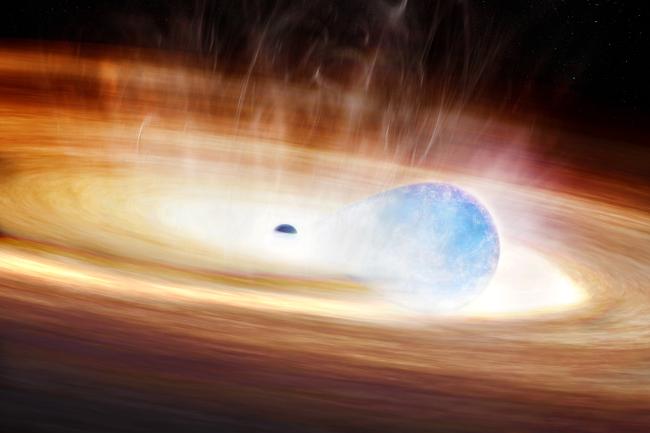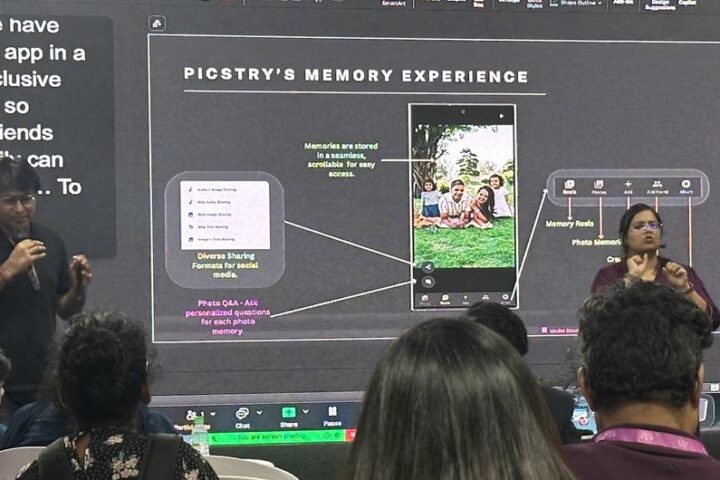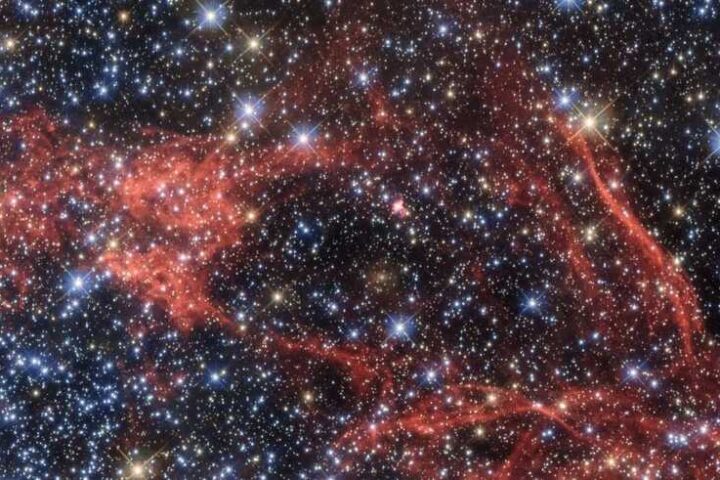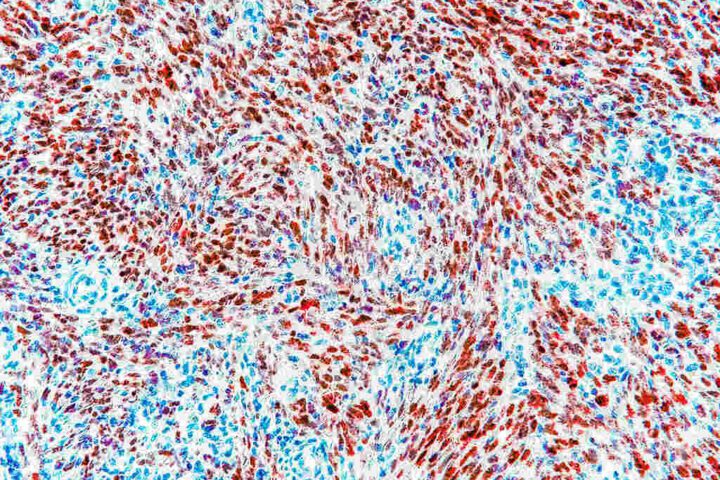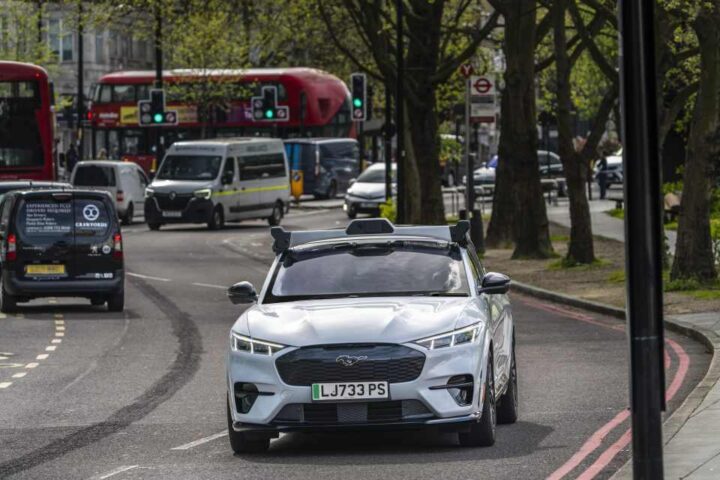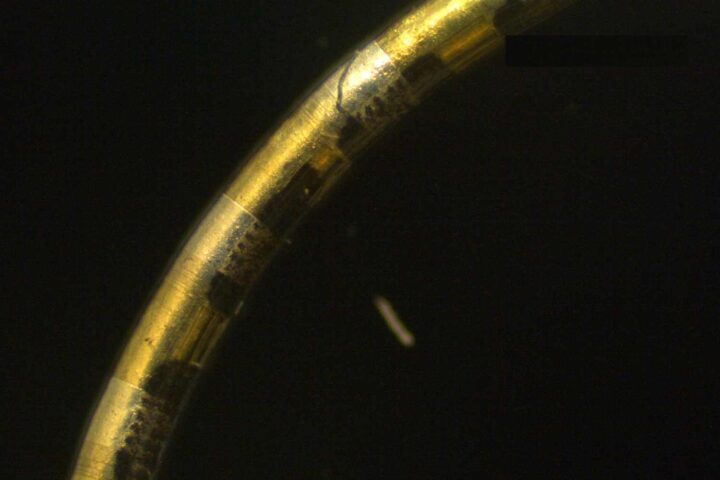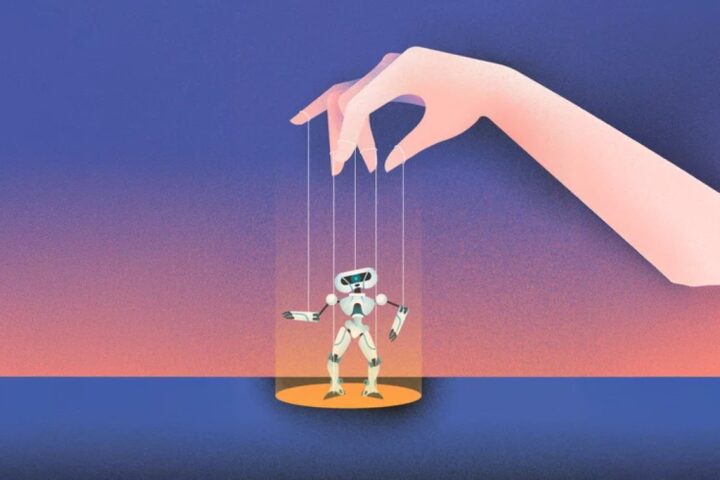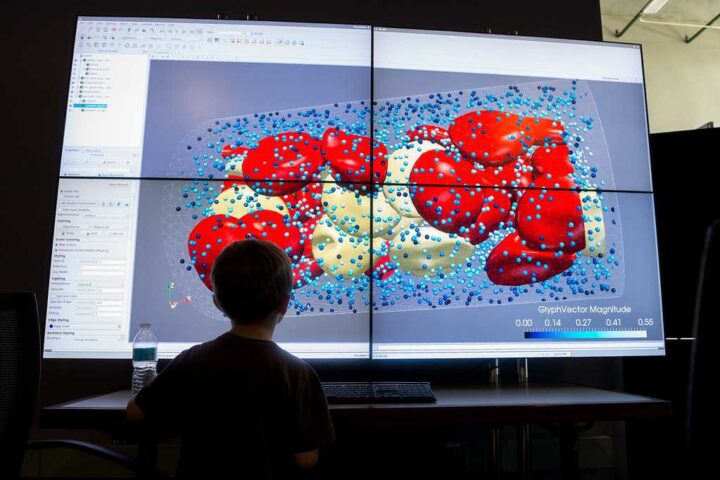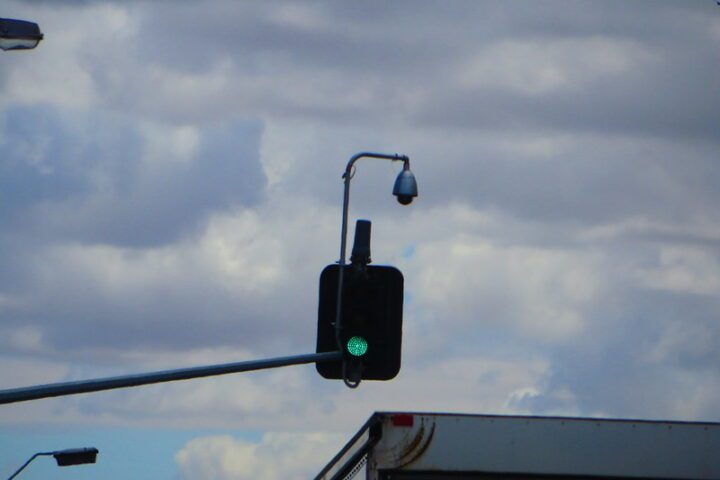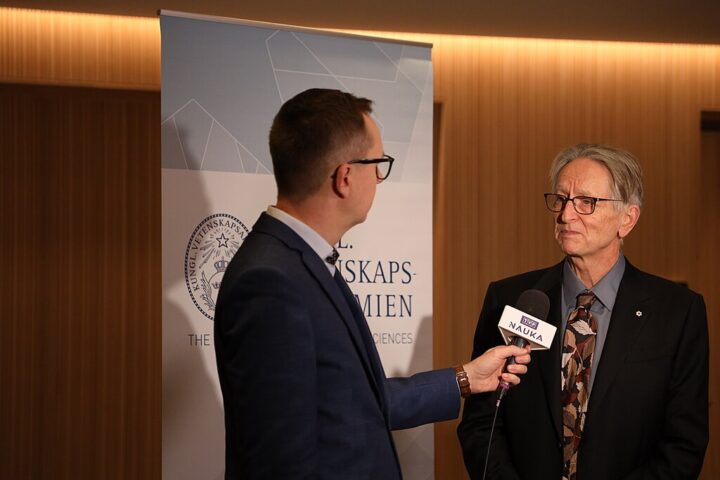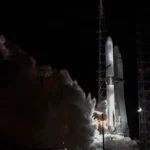Astronomers have discovered what appears to be a new type of stellar explosion where a star tried to swallow a black hole, leading to a catastrophic supernova. This rare cosmic event, occurring 730 million light-years from Earth, offers new insights into how stars die.
The explosion, named SN 2023zkd, was first spotted in July 2023 by an artificial intelligence system scanning the night sky. What makes this discovery groundbreaking is how the star’s death unfolded – it appears to have been triggered by a nearby black hole companion.
“We caught a massive star locked in a fatal tango with a black hole,” said Alexander Gagliano, lead author of the study and fellow at the National Science Foundation’s Institute for AI and Fundamental Interactions. “After shedding mass for years in a death spiral with the black hole, the massive star met its finale by exploding. It released more energy in a second than the sun has across its entire lifetime.”
The star, at least 10 times more massive than our sun, and its black hole companion were gravitationally bound to each other. As the distance between them narrowed over time, the black hole’s powerful gravity began distorting the star from its normal spherical shape into a stretched form.
What happened next has surprised astronomers. The supernova initially brightened like typical stellar explosions, but after fading, it unexpectedly brightened again months later – behavior rarely seen in supernovas. Looking back at older telescope data, researchers discovered something even more unusual – the system had been slowly brightening for over four years before the final explosion.
“This event reveals that some supernovae can be triggered by black hole companions, giving us new insights into how some stars end their lives,” said V. Ashley Villar, a Harvard University astrophysicist and study co-author.
The research team, which published their findings in the Astrophysical Journal, proposed two possible explanations for what happened. In one scenario, the black hole’s gravitational pull created instability in the star, triggering its collapse and explosion. In the alternative explanation, the black hole completely tore the star apart before it could explode naturally, with the observed emissions coming from stellar debris crashing into surrounding gas.
The AI algorithm that first detected the explosion played a crucial role in allowing astronomers to study it properly.
“Our AI algorithm allowed us to launch a comprehensive observational study early enough to really see the full picture for the first time,” Gagliano explained.
Similar Posts
The discovery involved numerous telescopes, including NASA’s Neil Gehrels Swift Observatory, the Panoramic Survey Telescope and Rapid Response System, the Asteroid Terrestrial-impact Last Alert System, and telescopes at Magellan, MMT, and Las Cumbres Observatories.
Detailed analysis revealed that the explosion’s light was shaped by material the star had shed in the years before dying. The early brightening occurred when the supernova’s blast wave hit low-density gas, while the second peak happened when a slower but sustained collision with a thick, disk-like cloud of material took place.
This structure suggests extreme gravitational stress, offering the strongest evidence to date that a close black hole–star interaction can detonate a star.
Most massive stars exist in binary systems – two stars orbiting each other. In this case, the system likely started with two massive stars, but one reached the end of its life cycle first, exploded, and its core collapsed to form the black hole that would eventually trigger its companion’s demise.
The discovery comes at an exciting time for astronomy. With the Vera C. Rubin Observatory recently unveiling its first images and preparing to survey the entire sky every few nights, scientists expect to uncover many more rare cosmic events.
“We’re now entering an era where we can automatically catch these rare events as they happen, not just after the fact,” said Gagliano. “That means we can finally start connecting the dots between how a star lives and how it dies, and that’s incredibly exciting.”
The finding demonstrates how AI technology is transforming astronomy by flagging unusual events in real-time, allowing scientists to witness cosmic dramas as they unfold rather than piecing together clues afterward.
